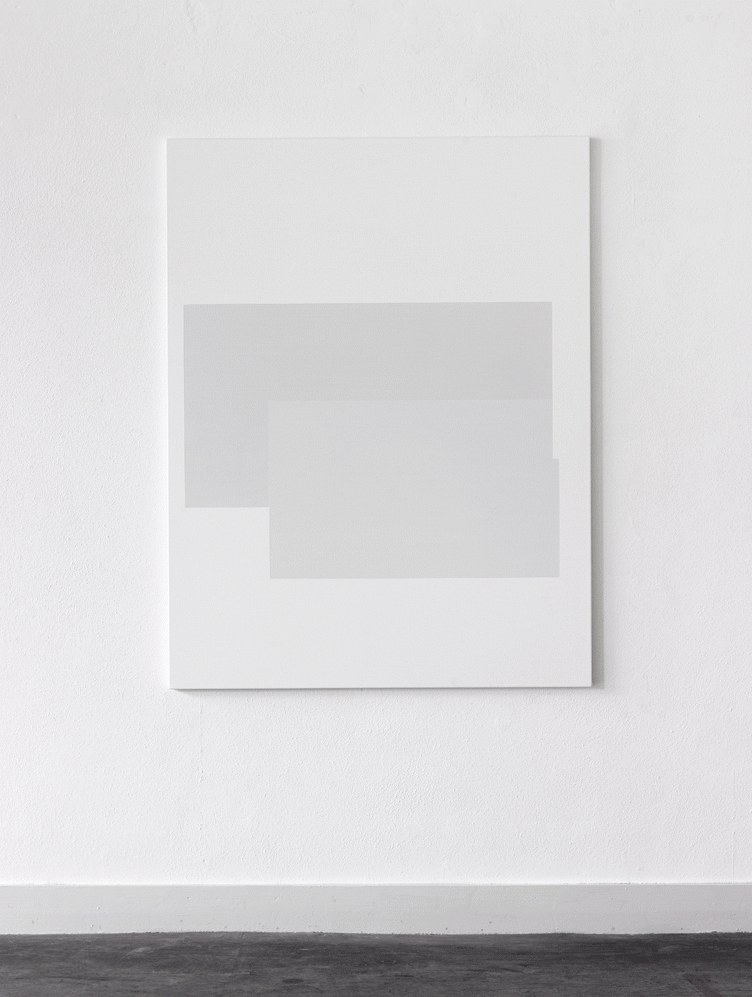

–
oil on canvas 180 x 140 cm February 2010
An artist which leaves trays of inspiration through his art and passion for the art is, Arjan Janssen. He was born 1965 in Eindhoven Netherlands and started his artistic academics in his early twenties, this followed by philosophy classes.
Combining his educational journey together with his passion and natural talent for the arts he embarked the art scene. And aren’t we glad he did so?

–
oil on canvas 160 x 100 cm February 2005

For an artist, it is important to dare to step in limbo. To take risks and to enter areas you never knew they existed..” – Arjan Janssen for DS210

–
oil on canvas 170 x 130 cm June 2007 (2)

–
oil on canvas 130 x 100 cm February 2009 (1) private collection
Arjan is a man with wisdom and with inspiration to share. After having got to know him after the interview below, I will no longer look and admire his art the same way I did before.
There is much deeper thoughts and emotions linked to his artistic journey, which all are the soul in his pieces.

–
oil on canvas 130 x 100 cm February 2009 (3)

–
oil on canvas 130 x 100 cm February 2009 (4)
Where do you find inspiration to your art?
Inspiration is a concept that is easy to use and therefore may cause incomprehension. For some it is a way to cherish a romantic image of the artist. A man that hardly need to push himself and just have to wait for a divine inspiration. While it may be an excuse to shift responsibility for the artist himself. Indeed, the inspiration should just come to him. He needs an ‘insufflation’ as the etymological meaning reads. In full, I found the following definition:
A state of consciousness (‘spirit’) in which the artist has the maximum of its creative power and seemingly effortlessly find the design that is most suitable for the intended artwork.
A beautiful description. Leaving it up to the artist to create the ideal conditions to achieve this consciousness. In my case it means intense concentration at the right time. This requires to clear my head, I must have collected enough energy and I need to have willpower.
How do I do this? By walking, reading, thinking, watching at art, listening to music. But especially to oversee my own artwork. I once made visual decisions and these choices dictate my actions to date. I follow and adjust.
How would you define your style?
Again a tricky concept. Naming style is still a way to frame anything. And to make it right away harmless. Or at least to deprive its unique status. Of course I do understand that this is necessary to be able to speak about things. Without context, it is difficult to communicate.
But for an artist, it is important to dare to step in limbo. To take risks and to enter areas you never knew they existed. This aspect of being an artist is under fire as you hold yourself too much on a certain style. It is an end in itself and the stylistic characteristics become powerless.
It goes without saying that I make abstract art. My lines are tight and the surfaces are rectangle. But in the tone I hope values are found that is not merely to be found in this area of art. I am looking for qualities that transcend style. In an earlier text, I have called this the primordial sadness. A connotation that is universally recognizable and transcends the discipline.
Can you name three artists that you admire the work of?
That is a question of conscience. If I mention three, I do not mention a lot. For myself I, long ago now, once compiled a top ten. I mentioned that the Hall of Fame of Painters. Including a description of the specific qualities of each artist. It was a way to bring my own ambitions in map.
Now there are only three on mount Olympus. It will be Rogier van der Weyden, El Greco and Zurbaran. Here are the descriptions that I gave in 2000 and which are still valid for me.
Rogier van der Weijden: The cross decrease in the Prado pops off the wall. Large areas of color put together in a impossible way. As separated entities. Razor sharp defined. It is hallucinating for your eyes.
El Greco: Devout and lavish. The base firmly based on classical grounds. His brush sparkles theatrical. And man surrenders patience over.
Zurbaran: The most ruthless of all painters. He paints as he wants to paint: cold and hard. Regardless of the topic. The work seems reserved. But the grim man felt in every fiber.
If you could chose any place and wall, where would you love your art to be displayed?
My most treasured memory of a particular place I have to is Paestum in southern Italy, near Naples. A Greek settlement with remains of three Doric temples. But they have no more walls. Still, here I would like my work to be displayed, even if only imaginary.
There is much broadness in the field. The temples have a clear profile because of the repeating columns. The gesture is grand but the human dimension is not forgotten. And then there is the beautiful materiality of the affected marble. All qualities which I hope also to apply my artwork.
Credit: Arjan Janssen / Photo – Tomas Uyttendaele
Thank you Arjan for taking time and giving such great answers to our questions. You left us inspired and with a new level of knowledge.
Other Art Stories


Interested to get inspired by Scandinavian interior design books? See my curated book list that I put together with some of the latest popular books that will get you in the right Scandinavian interior mood.

Related
I am Caroline, an ex interior design consultant, turned into a content creator, 30+ something Swedish born with an insane passion and interest for design, blogging, and living a meaningful and creative life. Design to me is about creating a (your) story – it is about understanding what matters and how to create something unique and meaningful which speaks and motivates you.

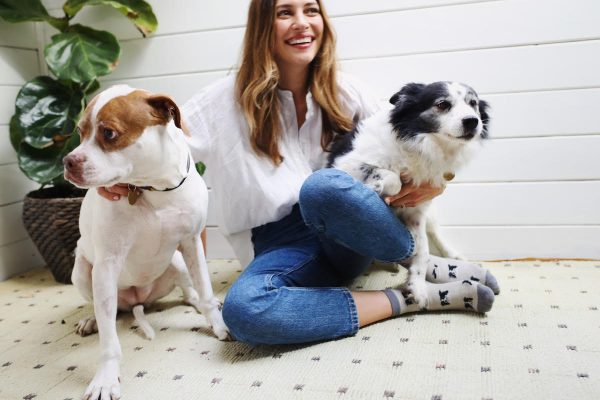
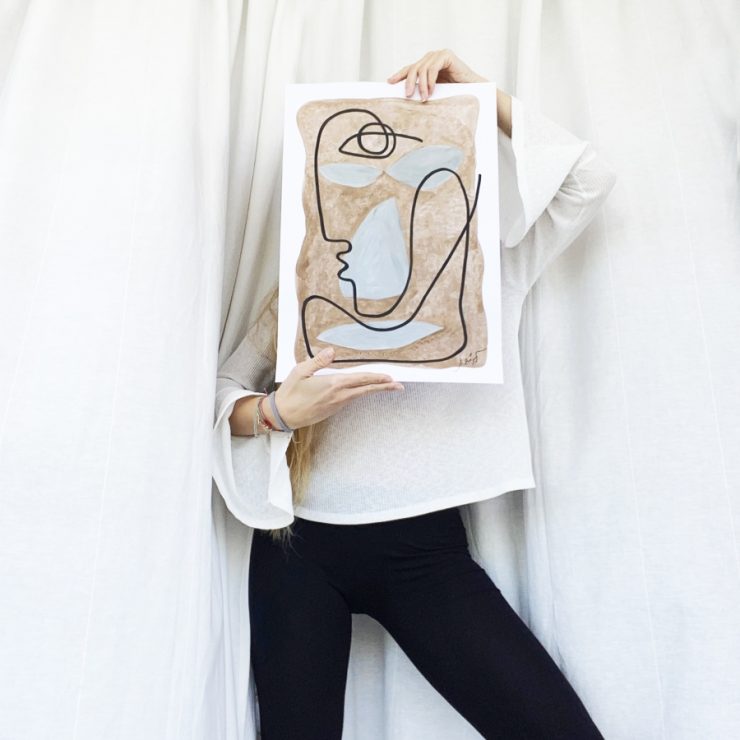

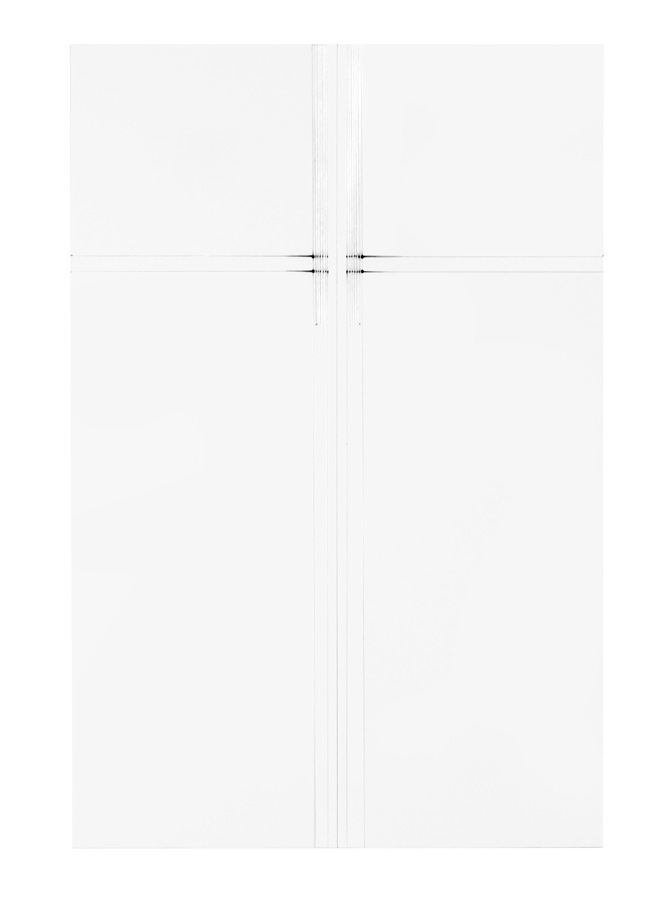
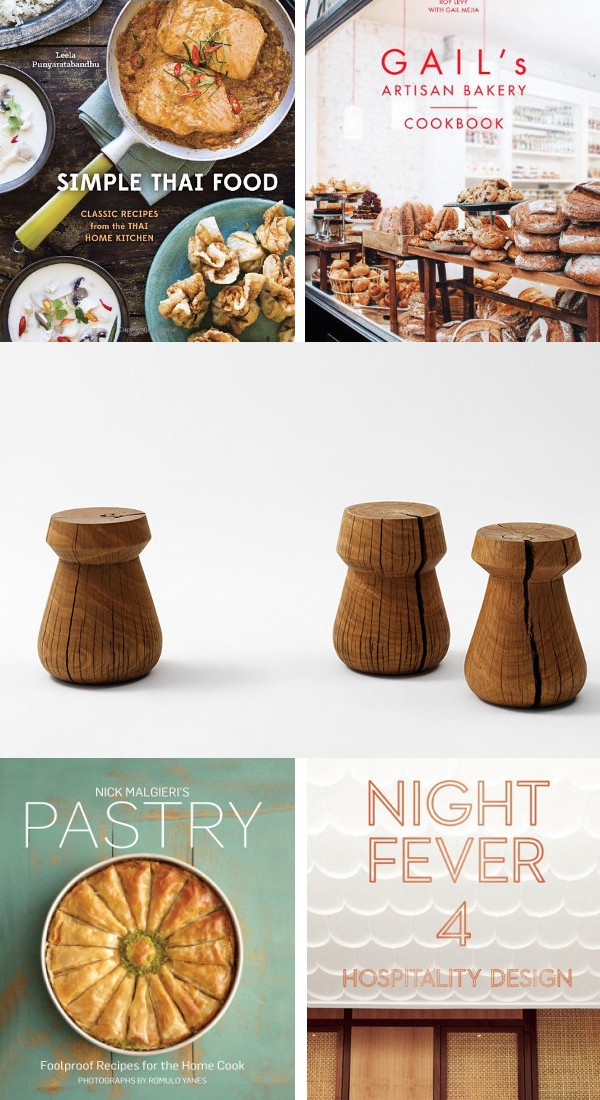
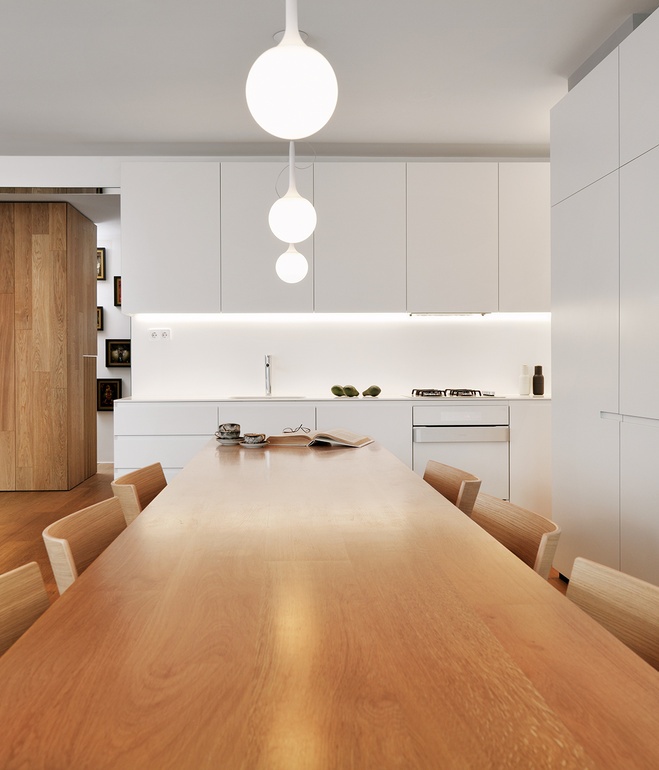



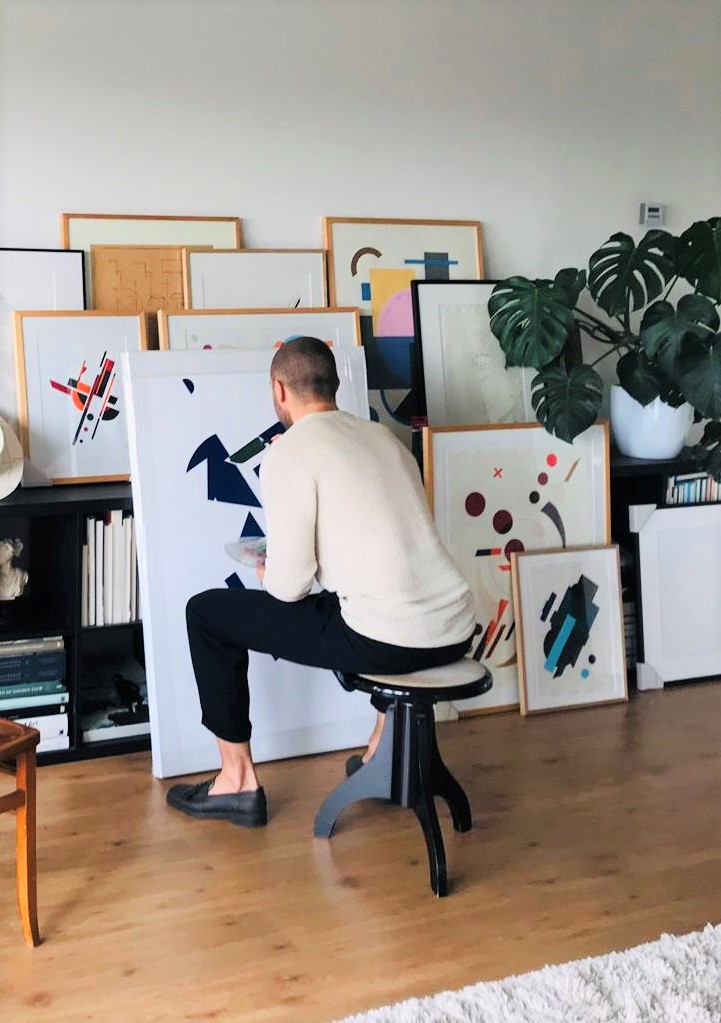
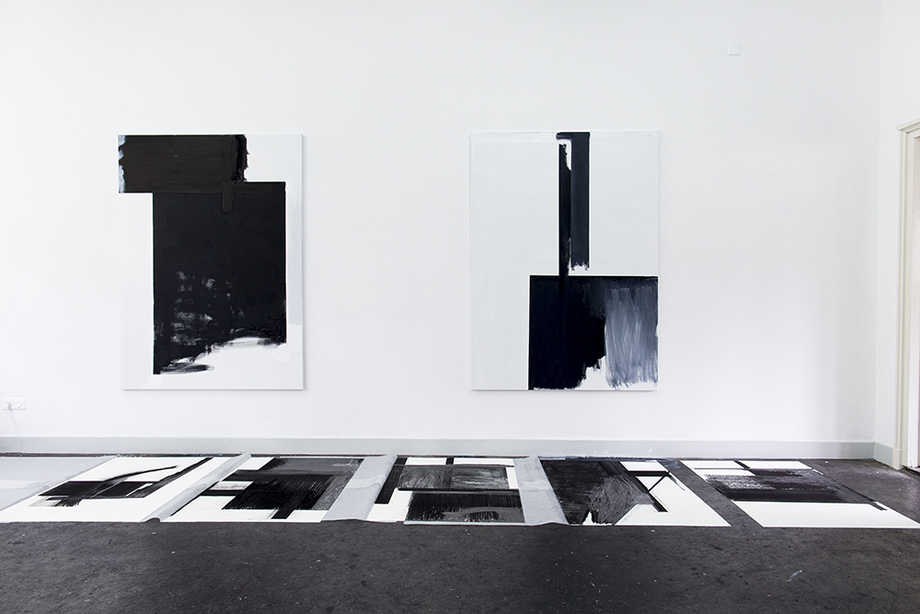
I am a great admirer of Arjan Janssen’s work. I would just like to suggest to those who comment on his work in English “simplistic” is a poor choice of words. I know it is meant as complimentary, but in fact it is not. “Simple” is the word that is need, not “simplistic,” which means “falsely simple.” Janssen’s work is truly and honestly simple, meaning it doesn’t not reduce complexity to less than itself.
Hi Ron, Great to hear that you admire Arjan’s work. We much like you can’t stop feeling inspired by his pieces. I also want to thank you for taking the time to comment on the word choice. I really appreciate your feedback and will for sure keep this in mind.